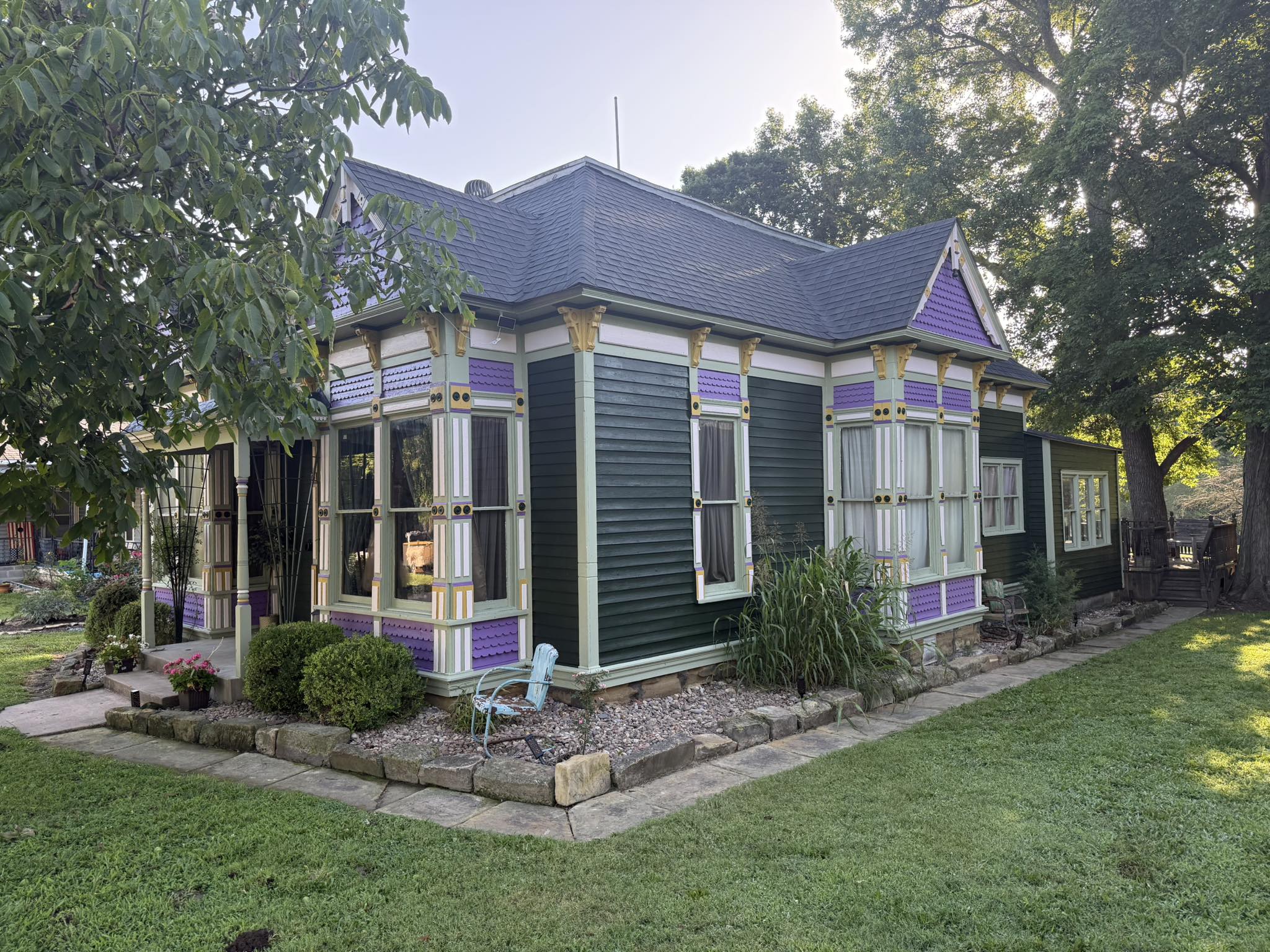
Exterior vs. Interior Paint: Understanding the Differences and Choosing Wisely Oct 14, 2025
Exterior and interior paints are designed with specific properties suitable for their designated environments. Exterior paint, for instance, is formulated to withstand the elements. This includes resistance to moisture, UV rays, and temperature fluctuations. The formulation includes resins and additives that increase durability, helping the paint to resist cracking, peeling, and fading. In contrast, interior paint focuses on aesthetic qualities and washability, allowing for easy maintenance and frequent cleaning.
When selecting paint for your home's exterior, it's essential to prioritize durability and protection against weather conditions. Exterior paint is resilient, providing a barrier to the elements, which is critical in prolonging the life of your home's facade. It is typically more rigid, allowing it to flex with the natural expansion and contraction of siding materials, which occur due to temperature changes. For the exterior, a high-quality acrylic latex paint is often recommended because it provides excellent adhesion and resistance to weathering.
Interior paint, on the other hand, prioritizes color richness and wipeability. It is engineered to endure the demands of daily life, such as stains and scuffs, while maintaining its finish over time. The ingredients in interior paint are less equipped to handle harsh weather conditions but excel in resisting wear and tear from inside factors like grease, dirt, and potential indoor moisture. Matte finishes are popular for living areas, as they hide imperfections and offer a soft look, while semi-gloss or high-gloss finishes are ideal for areas requiring frequent cleaning, such as kitchens and bathrooms.
Selecting the correct type of paint hinges on understanding where it will be applied. Your local climate should influence your choice — homes in wetter regions benefit from mold and mildew-resistant paints, while UV-resistant paints are crucial for sunny climates. Consult with professionals such as Mathews Painting to receive insights tailored to your specific environmental needs and aesthetic goals.
While it might be tempting to use leftover exterior paint inside or vice versa, it is important to avoid this practice. Each type of paint is formulated specifically for its environment, and using it elsewhere can lead to poor adhesion, an undesirable finish, and reduced durability. This could result in repainting sooner than necessary, incurring additional costs.
In conclusion, choosing the right paint involves careful consideration of its intended use. By understanding the differences between exterior and interior paint, you can make informed decisions that will enhance the beauty and longevity of your home. For tailored advice and professional application, consider reaching out to the experts at Mathews Painting. With our guidance, you can ensure that your home not only looks stunning but stands up to whatever challenges it faces, inside and out.
/filters:no_upscale()/media/749cd8c4-eb27-471c-983a-f41e932fc4de.jpg)
/filters:no_upscale()/filters:format(webp)/media/f22dc0ab-ec84-4bac-8f70-f0cbf7a36293.jpeg)